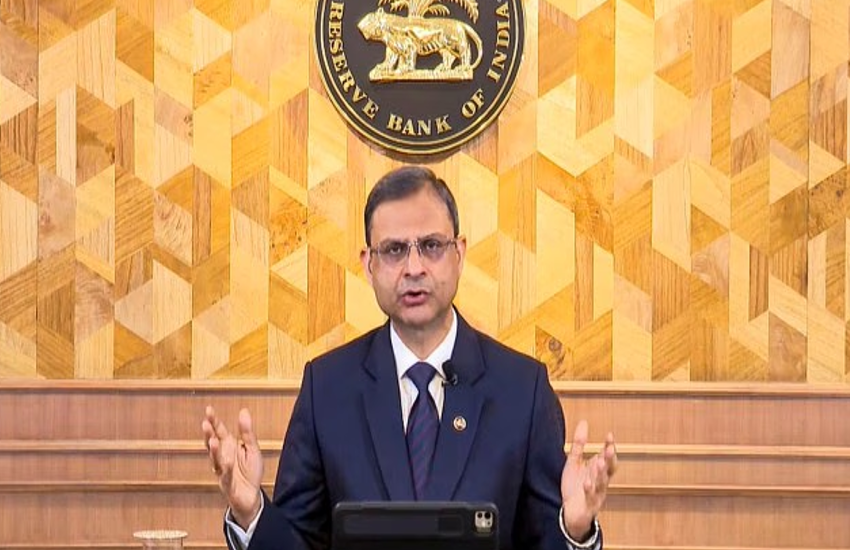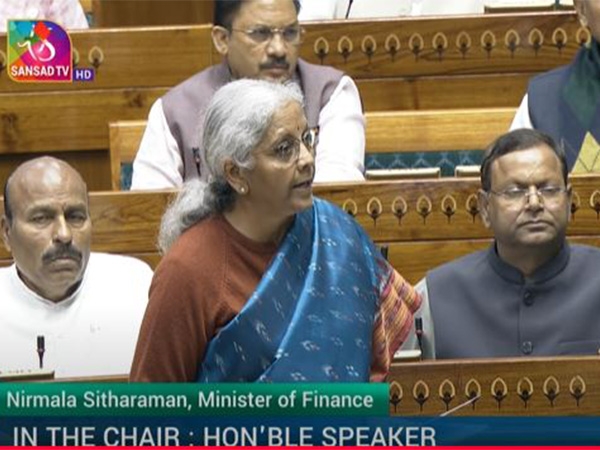UP villagers crippled by polluted water appealed to green court for relief. Here's what happened next

- Villagers are fighting to get clean drinking water
- Polluted drinking water has caused severe deformities in children born in last two decades
- The villages, through an NGO, appealed to the NGT for help in 2014
- Despite several orders being passed, UP has not provided these villages safe drinking water
- What the NGT ordered
- How badly are the villagers affected?
Water is the biggest poison for hundreds of villages along the Hindon and Krishna rivers in North-western parts of Uttar Pradesh.
Drinking water laced with heavy metals has caused severe deformities among children born in the last two decades in villages along these rivers.
After the state government did little to improve the water, in 2014 the villages, through an NGO, knocked the doors of the National Green Tribunal (NGT).
On Tuesday, after a long fight, the green court's principal bench issued stringent orders to the Uttar Pradesh chief secretary, among other senior officials, to ensure safe drinking water is provided to these villages.
The tribunal has held the chief secretary of the state, the managing director of the UP Jal Nigam, and chairman and member secretary of the UP pollution control board responsible for providing drinking water, saying that if they fail, "punitive and coercive orders" will be passed against them.
About time
The strongly-worded order came after the state government twice failed to follow the tribunal's directions under the case to supply clean drinking water to the villages. The last order was issued in 5 November. The victims claimed that the government has not followed them.
Finally, on Tuesday, 10 persons aged between 2-23 years with physical and mental deformities were presented before the tribunal, provoking the order.
"Do you have no sense of responsibility? This is a matter of disgrace," NGT chairperson Justice Swatanter Kumar told the lawyers representing the state.
UP's counsels admitted that drinking water was provided in "some" villages.
Terming this defence "untenable in law", the tribunal said it showed "a clear lack of governance."
The NGT has formed a committee consisting of the state chief secretary, managing director of the UP Jal Nigam, chairman and member secretary of the UP pollution control board, and asked them to meet within three days. It asked the committee to ascertain if safe drinking water is being provided, and if not, then the chief secretary should direct the district magistrates to do so.
"We make it clear that in the event of default now, we will be compelled to pass punitive and coercive orders even against the members of the committee, if appropriate steps are not taken forthwith. Let copy of this order be sent by email," the NGT order said.
CV Singh, chairperson of the Doaba Paryavaran Samiti that has filed the petition, called it a "major victory".
Heavy pollutants
Singh claims that around 354 villages in Saharanpur, Muzaffarnagar, Baghpat, Meerut, Shamli and Ghaziabad districts are affected by the presence of chromium, cadmium, lead, mercury and arsenic in the drinking water in handpumps.
This, he claims, is because of the presence of 45 types of industries in the vicinity - including paper and pulp, slaughterhouses, dyeing, chemicals and distilleries - that discharge untreated waste into the Hindon and Krishna rivers.
"The water is black. There is no fish as there is zero dissolved oxygen," Singh told
Catch
.
The 10 persons brought before the tribunal on Tuesday belong to three neighbouring villages in Baghpat district, 70 km from Delhi.
Last year, the Uttar Pradesh Pollution Control Board, acting on the NGT's directions, had tested 48 samples of drinking water from this district. The results were alarming.
The water was found to be too hard, with excess iron, magnesium, lead, calcium, manganese, sulphate and also excess dissolved solids.
Court orders
Examining the reports, the NGT on 5 November 2015 had remarked, "this contamination is not of an ordinary nature".
In the order, it had further stated that such levels of pollution should have been resolved by the state with "utmost sense of urgency", but there was "complete inaction of the state".
It criticised the government for not even following its 5 August order to provide safe drinking water to the villages that claim to be affected.
"It is a sorry state of affairs prevailing in those areas that the state is failing to discharge its constitutional and statutory duties which are basic and fundamental to human beings existence."
It had then ordered all the hand pumps with polluted water to be sealed immediately, instructing the state to arrange safe drinking water "without any further delay and default".
While the sealing was done, the state had not provided clean water.
The tribunal has also asked for wide-ranging studies on the matter. It had also commissioned a study to find out all the sources of the pollution, including the excessive use of fertilisers in agricultural fields.
Do it for the children

In another order on 17 May, it directed that a study also be conducted by the health department of to ascertain the exact nature and cause of the deformities in children.
Among these children are Sahil Khan, 17, who had to crawl from the NGT gates to the court of the principal bench, and Neha, 10, who had to be carried by her father.
Washid, 23, who could neither crawl or be carried in, waited inside a car parked outside the tribunal's premises.
"We have spent thousands in getting the children cured," remarked Ajay Kumar, a resident of the village, whose grandson Lucky, 2, was born with deformed feet now corrected by surgery. But Lucky still can't stand on his own. Their house is 10 metres from the Hindon.
Together, they all await retribution.
Also Read: Reducing water pollution with microbes and wood chips
Also Read: 17 Indian smart cities among the 100 most polluted world cities
Also Read: Namami Gange launch: 7 ways Modi govt plans to save Ganga
Also Read: Network of 8 ministries involved in Ganga clean-up
Also Read: #Modi2: 5 reasons why PM Modi's Clean Ganga Mission seems to be losing track
First published: 20 July 2016, 7:38 IST


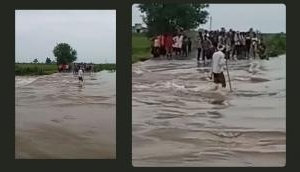
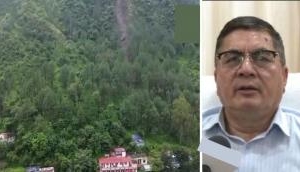
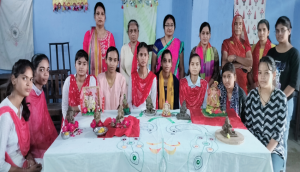

![BJP's Kapil Mishra recreates Shankar Mahadevan’s ‘Breathless’ song to highlight Delhi pollution [WATCH] BJP's Kapil Mishra recreates Shankar Mahadevan’s ‘Breathless’ song to highlight Delhi pollution [WATCH]](https://images.catchnews.com/upload/2022/11/03/kapil-mishra_240884_300x172.png)

![Anupam Kher shares pictures of his toned body on 67th birthday [MUST SEE] Anupam Kher shares pictures of his toned body on 67th birthday [MUST SEE]](https://images.catchnews.com/upload/2022/03/07/Anupam_kher_231145_300x172.jpg)



